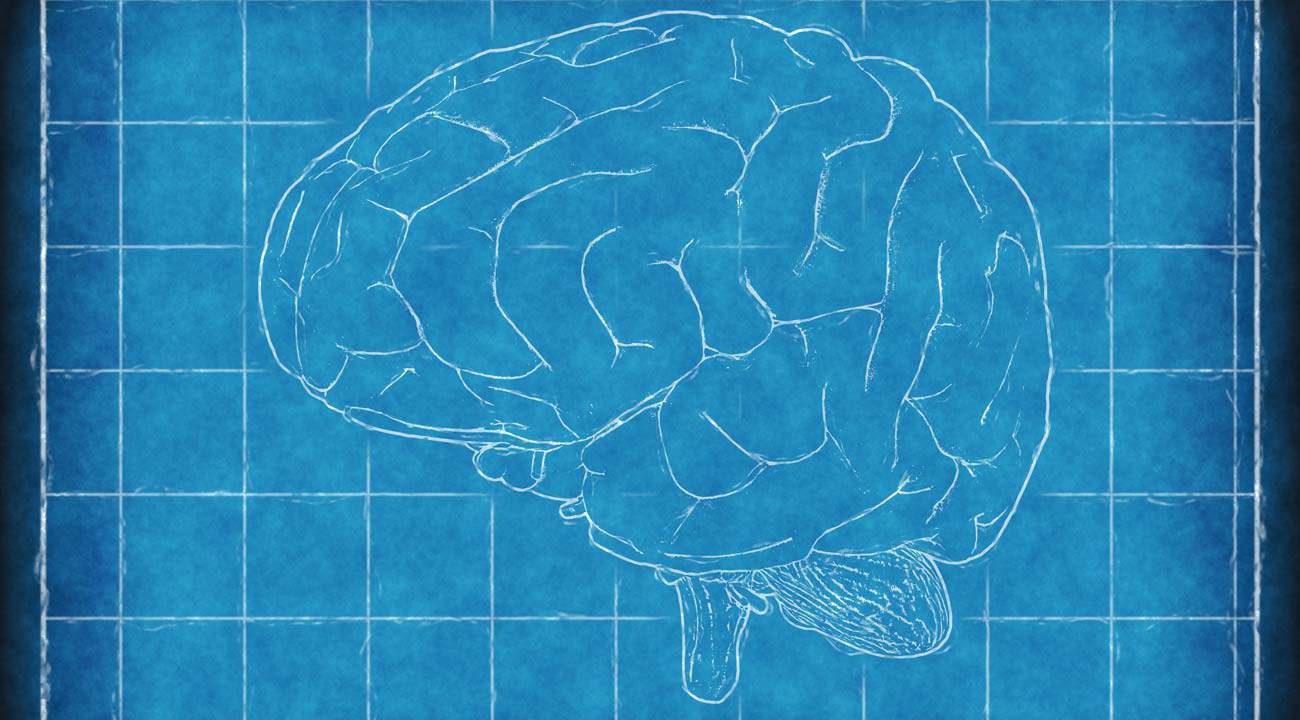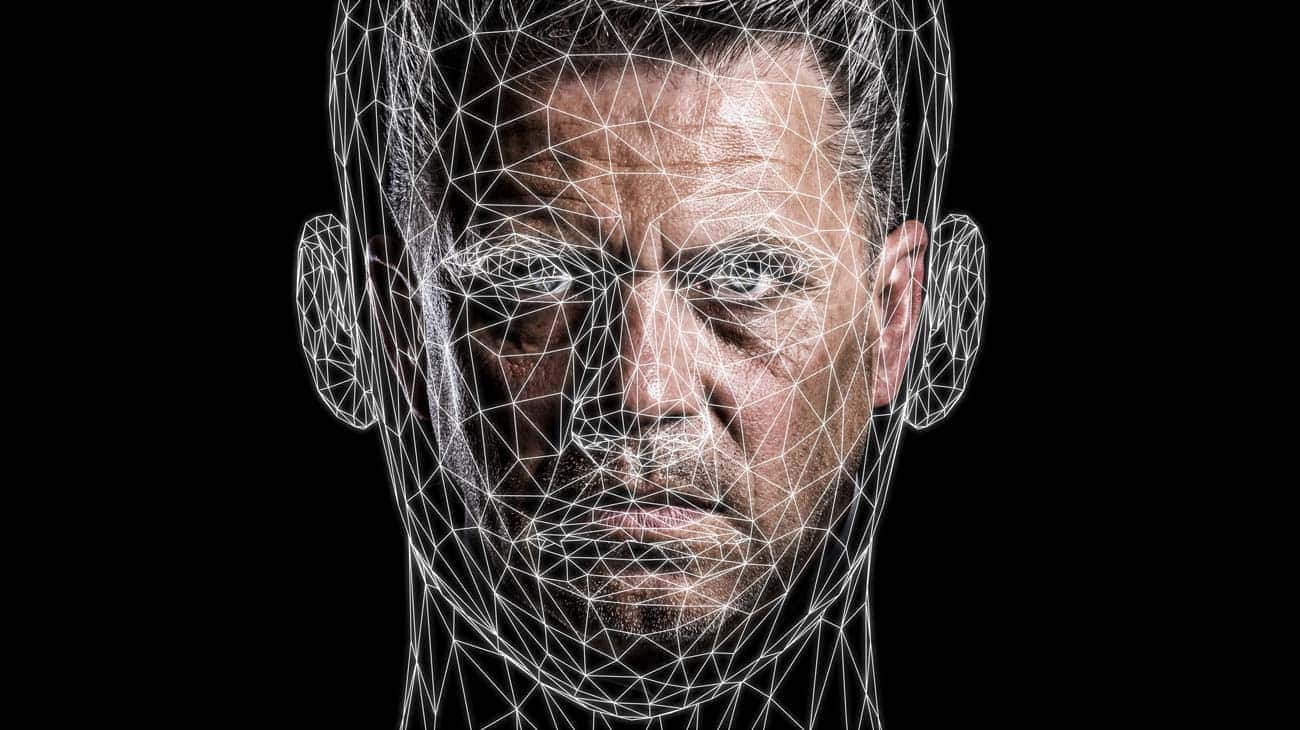Contxto – Let’s talk innovation! Don’t let impressions fool you, there’s some serious technology being used to reinvent industries and communities within Latin America and the world.
And today I’d like to focus on three particular solutions designed by engineers in Mexico that were just too cool (and useful) to ignore.
3D printed prosthetic
Prosthetics aren’t cheap and in Mexico it’s reported that they can cost somewhere between MXN$20,000 and MXN$30,000 (about US$1,000 to US$1,500).
However, Serendipia—a workshop with Miguel Ángel Huerta at its helm—has developed a 3D-printed prosthetic arm. But what’s awesome is it’s at an accessible cost for children from low-income families.
With it, they can make simple movements such as grip objects.
The arm costs around MXN$2,000 (about US$105) and became viral on social media last September when the Will Smith shared the video on his Instagram account.
The prosthetic’s low cost is explained by the fact that it’s made of a plastic that can be printed on a 3D printer. The design of the prosthetic itself is based on those that were available on the internet and had no patent-right claim. Meaning free for use.
As for future plans, the Serendipia team plans to develop a low-cost bionic arm. The arm would be connected to the user’s mind and allow for more joint and finger movements. For this task, the workshop is teaming up with companies from Guadalajara.
Certainly, not all heroes wear capes.
Bladeless drone
When you imagine a drone, one of the parts of the device that may come to mind is its blades as they allow it to remain airborne. Yet one Mexican engineer, Edgar Herrera Vega, has created a blade-free drone.

In true futuristic style, the drone hovers using turbines that push the air downwards and allows the device to float upwards.
Meanwhile, its hollowed-out center allows it to remain stable amidst air currents. And headwinds are channeled through a series of internal ducts and vents that create a downward flow. Moreover, it also takes away the noisiness that drones are known for.
As a result, the tapatío’s creation won the “Design Concept” category at the Red Dot Design Award in Singapore in 2016. Its creator aims to make it a profitable possibility in the near future.
Biodegradable bones
Aarón Misael Ortiz de la O. from Mexico’s National Autonomous University in Mexico City developed a bioprinter prototype. Bones are 3D printed in a biodegradable form.
You might wonder why anyone would need a printed “copy” of their bone, but medical practitioners will understand.
Sometimes, during surgery, metal or ceramic screws or structures are used to help recompose a damaged bone. But as the body recovers, these materials can cause deformities because they don’t adapt to the patient.
Meanwhile, these 3D printed “bones” are made of biodegradable polymers from maize or milk. Consequently, they can be absorbed by the person’s organism naturally as the healing process goes on.
Stay tuned for more, or if you know of more, let me know!
Related articles: Tech and startups in Mexico!
-ML





